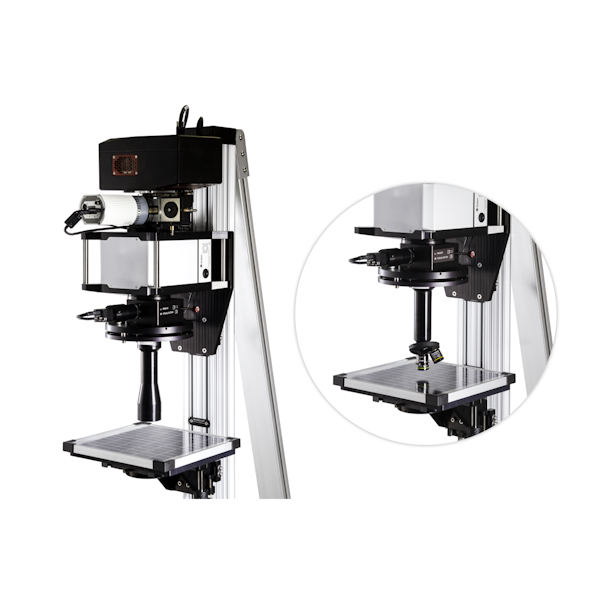RRL Solar
- Pérovskite
Semi-Transparent Blade-Coated FAPbBr3 Perovskite Solar Cells: A Scalable Low-Temperature Manufacturing Process under Ambient Condition
Auteurs Jessica Barichello, Diego Di Girolamo, Elisa Nonni, Barbara Paci, Amanda Generosi, Minjin Kim, Alexandra Levtchenko, Stefania Cacovich, Aldo Di Carlo, Fabio Matteocci
Résumé
Perovskite photovoltaics (PVs) is an emerging PV technology that attracts interest thanks to an unprecedented combination of properties, including the ease of the bandgap tunability. The feasibility to deploy wide bandgap absorbers (>2.2 eV) leading to high average visible transmittance (AVT) is particularly intriguing for building-integrated PVs, in particular for smart windows, façades, and agrivoltaics. However, research on this topic is still at the initial stage, especially concerning the development of scalable deposition techniques. Uniform coverage and morphology control of bromide perovskite film are the main issues to tackle. Herein, a systematic study on the development of FAPbBr3-based semi-transparent perovskite solar cell (ST-PSC) is presented by replacing spin-coating as the main deposition technique used for the device fabrication. To tackle this topic, the blade coating technique is employed to obtain a manufacturing flow performed at low temperature in the air environment. The results for the blade-coated device show a power conversion efficiency of 5.8%, AVT of 52.3%, and bifacial factor of 86.5%. Moreover, scalable and uniform FAPbBr3 deposition on 300 cm2 substrates is presented for the first time. The combination of low temperature, scale-up capability, and air processing along with promising PV performances represent a feasible platform for the future exploitation of PSC in building integrated photovoltaic.
